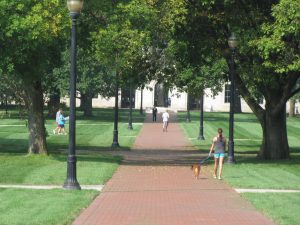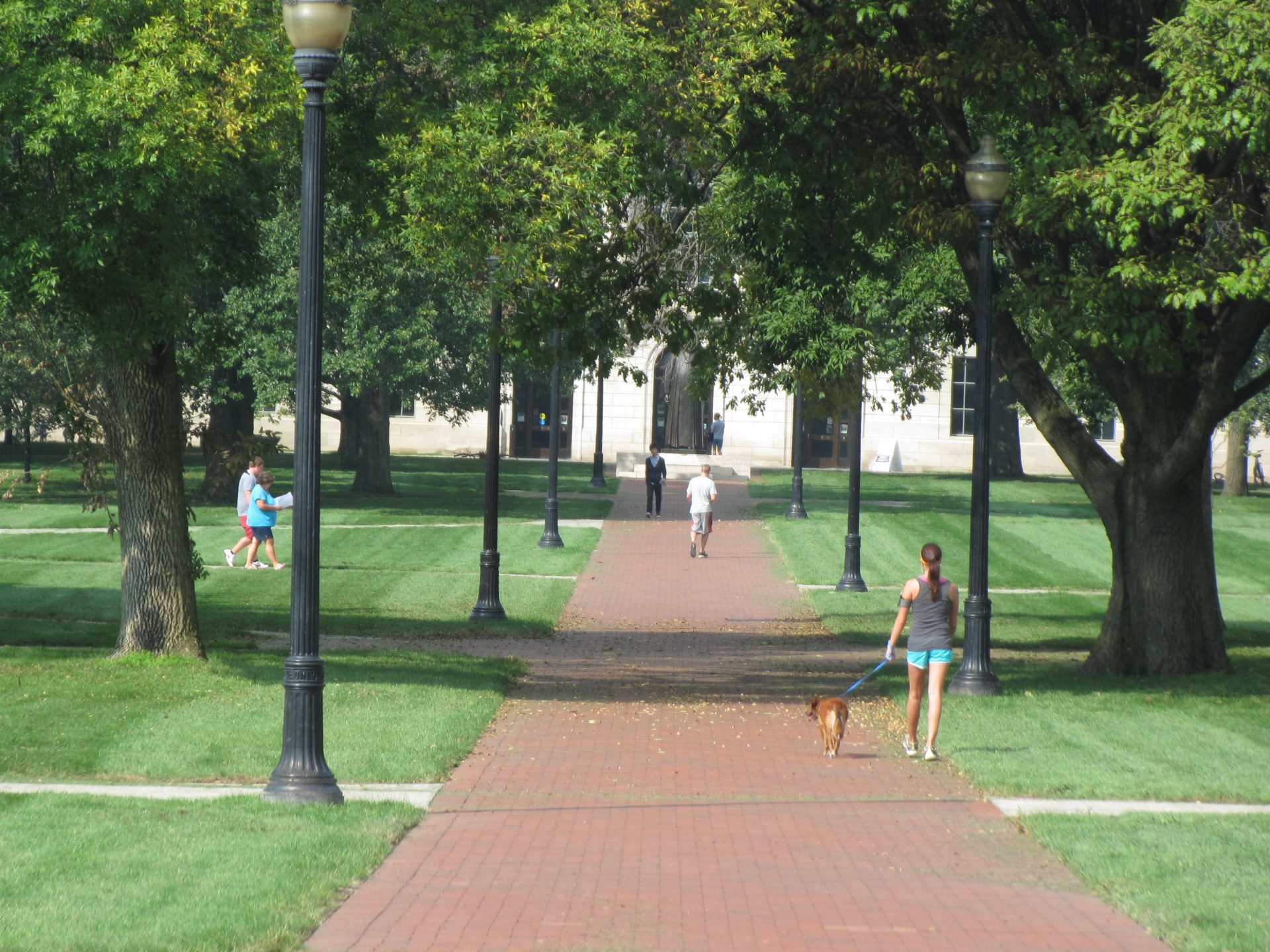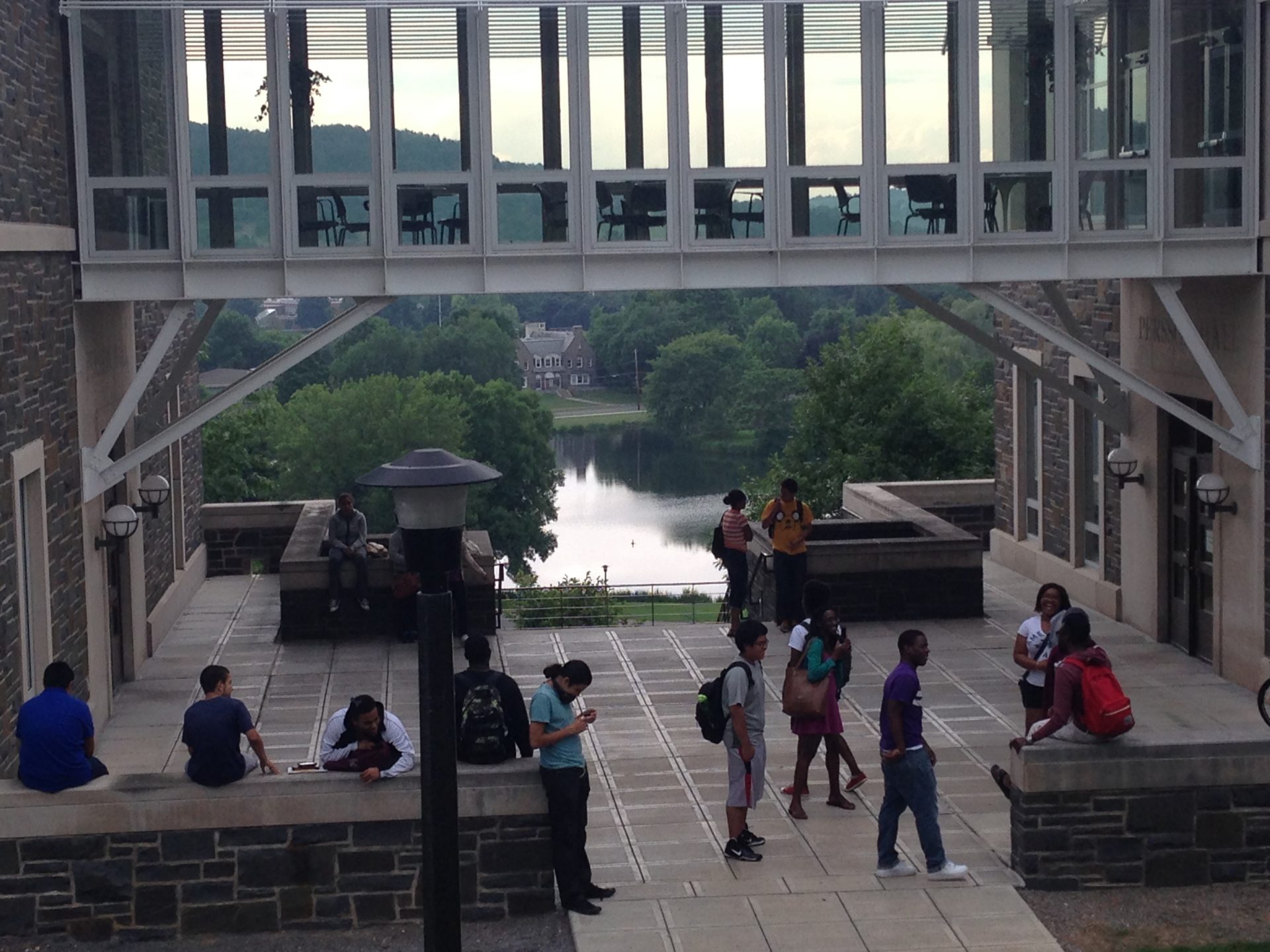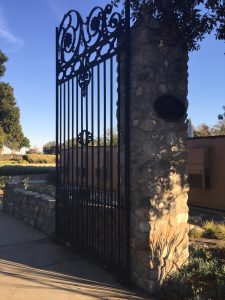By now, high school seniors should be starting their college essays. A growing number of colleges use the Common Application, which opened on August 1. The CommonApp offers a choice of prompts for its main essay, which gives students a range of topics to write about.
Because the main CommonApp essay is sent to all colleges that the student selects, it is very important that students do not say anything specific to any college in their CommonApp essay. (The supplemental essays, however, should be very specific to the college.)
Admissions officers are reading hundreds (sometimes even 1000+) essays of prospective applicants so students need to write compelling essays. If you want your essay to stand out, it absolutely cannot be a run-of-the-mill, boring essay. I constantly remind my students that the college application essay comes from the heart!
To write an essay that stands out among thousands, here are my top 5 tips:

Get Started with These Tips from Our College Essay Coach
Brainstorm before writing
Most students will look at the choice of prompts and start responding with a first draft for the prompt that’s “easiest” to write. If you want to think and write at a deeper level, brainstorm ideas for each essay first. This exercise will help with recalling experiences that may go unnoticed but offer a more vivid example of who you are.
Take breaks in between drafts
Rather than cranking out drafts in one sitting, you can improve your essay by writing a draft, then returning to the essay after several days to continue on the next draft. This, of course, implies working on the essay well in advance of the deadline!
When working on the main CommonApp essay, I even suggest drafting 1-2 supplemental essays prior to finalizing the main essay. The time in-between drafts allows your thoughts to refresh and re-read the draft with a new perspective.
Read aloud
Reading your essay aloud helps you to hear what the essay sounds like to the reader. It may feel awkward or uncomfortable but makes a difference, and it’s not the same as silent reading. Remember, if you don’t want to read your own essay . . . don’t expect the admissions officer to want to read your essay!
Revise off-line
The best way to spot errors and make edits to your essay is on a printed version. Yes, it may save paper and time to revise on your computer screen. Seeing the printed essay, however, gives you a different feel for the flow of the essay. Try it and please let me know if it works for you!
Avoid too many readers
1-2 reviewers for your essay is plenty. When you have too many people reviewing your essay, you will more likely get contradictory feedback. Also, incorporating other people’s edits can change your voice. It will be obvious to admissions officers if your essay comes across as over-edited or too polished, which may hurt your admissions chances.
The net benefit of each of these tips is that it leaves the voice and control of the essay in the hands of the student. The most important quality of the college essay that stands out among the thousands of others is authenticity. The essay has to be real and that’s easy to do when it comes from the heart.
What has helped your college essay stand out?


















